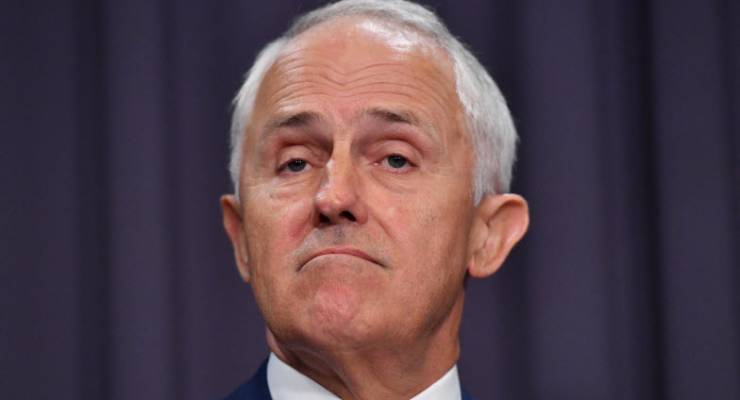
At first glance the political donation data from 2015-16 — finally released this morning under under antediluvian Commonwealth disclosure laws — suggest that the major political parties are finding it increasingly difficult to attract money, especially compared with the 2013 election. And while there’s some evidence that business and individuals are shying away from donations, much of that is down to the frustrating vagaries of our reporting system.
Take the Liberal Party. At both state and federal level, the Liberals secured just over $80 million in revenue in 2015-16. That includes $14.7 million for the federal party, $21 million for the NSW branch and around $13.8 million each for the Victorian Liberals and the Liberal National Party in Queensland. In 2014-15, the party altogether had just under $76 million in revenue. So in a year in which both the NSW and federal Liberal branches faced elections, it garnered only $4 million more in revenue. In 2013-14, the party’s global revenue was even bigger — $125 million.
Similar with Labor — $61 million in total, with around $15 million each for the federal and NSW branches in 2015-16, compared to $65 million in 2014-15 and $76 million in 2013-14. Are donors avoiding the major parties?
The problem is the latest figures are missing a crucial component — because the federal election was held on July 2, public funding earnt by the major parties for their performance in the election — which will be more than $20 million each for the major parties — is missing. It’s impossible to compare like with like. And the party’s returns aren’t financial statements; as Stephen Mayne regularly points out, they’re not audited, and they don’t give such basic information as splitting out the proceeds of asset sales from revenue earnt by political fundraising activities.
So let’s look at the donors instead. There were 335 donor in 2015-16, compared to 379 donors in 2013-14. And while Chau Chak Wing’s Hong Kong Kingson Investment Company is still handing out six-figure donations like candy, there were fewer foreign donors in 2015-16 than in previous years, and their usually vast donations comparatively restrained. And National Australia Bank was already scaling back its donations before its recent commitment to abandon them altogether — it gave the major parties $275,000 in 2014-15 but only $164,000 in 2015-16 despite being a federal election year.
But that barely amounts to anecdotal evidence. A truly transparent system for reporting by political parties would give us a much clearer picture of where the major parties’ revenue is coming from — how much of it is derived from donations, how much of it is derived from subscriptions (donations disguised as purchases of ongoing services), how much of it is derived from fundraising dinners (donations disguised as purchases of access to frontbenchers at a single event), how much is derived from party financial vehicles, how much from public election funding and how much from other financial transactions such as property sales. And they would have to be independently audited.
Given the amount of taxpayer funding the parties receive, this should be the bare minimum of accountability. But as the current, farcical rules stand, we’re being given far less than half the story.








Now why would a Chinese property developer throw vast piles of cash at politicians? ? I must stop being so cynical.
As they’re on the public tax-payer teat, why can’t Centrelink take a look into their finances – as they have others?
Australians, treated like mushrooms “kept in the dark and fed plenty of shit”.
It’s within the “rules”. Therefore the rules are an ass!